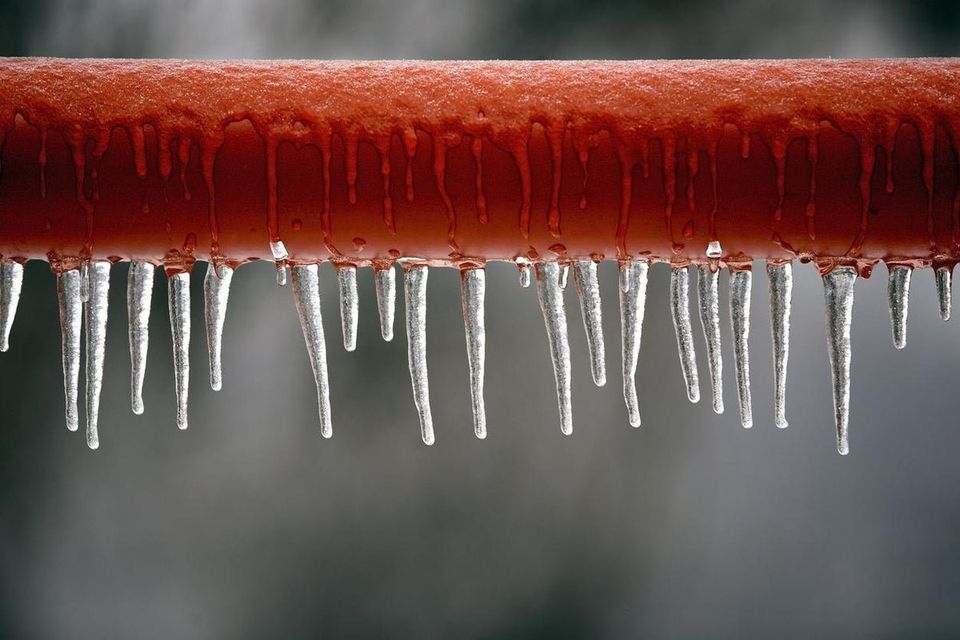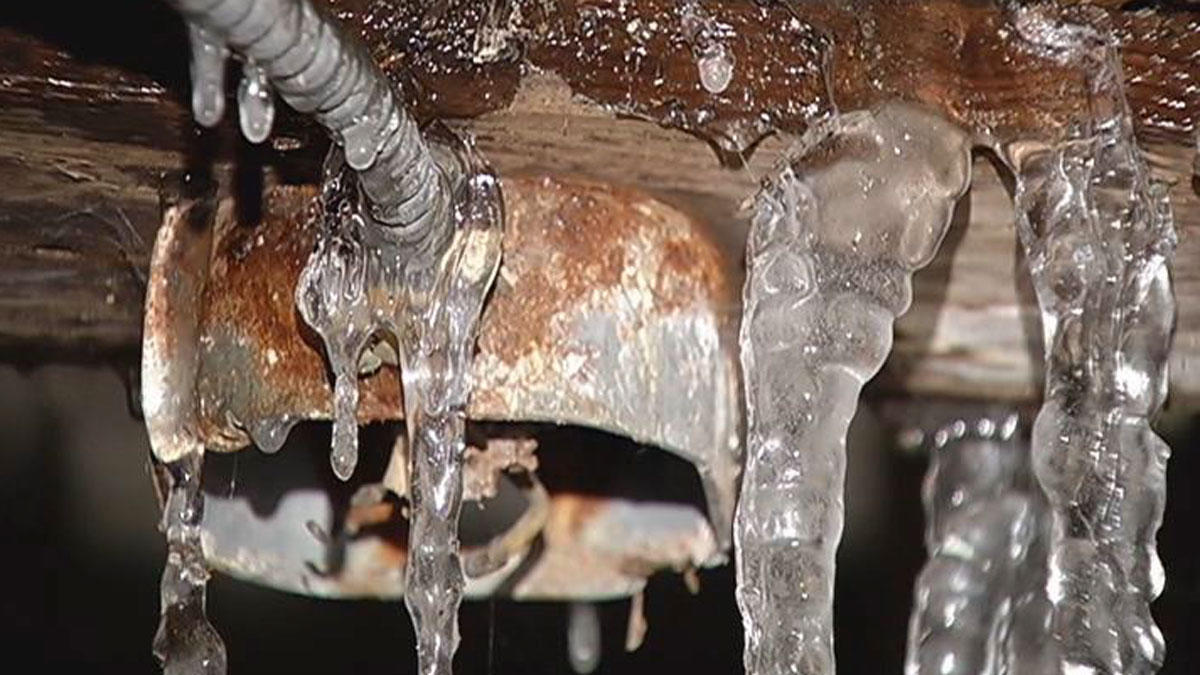Key Methods for Avoiding Frozen Pipes in Winter
Key Methods for Avoiding Frozen Pipes in Winter
Blog Article
What're your ideas regarding Helpful Tips to Prevent Frozen Pipes this Winter?

Winter can damage your pipes, particularly by freezing pipelines. Below's exactly how to prevent it from occurring and what to do if it does.
Intro
As temperatures decline, the risk of frozen pipes boosts, possibly bring about pricey repair services and water damage. Recognizing just how to stop icy pipes is crucial for home owners in cool environments.
Comprehending Icy Pipelines
What causes pipelines to freeze?
Pipes ice up when subjected to temperatures listed below 32 ° F (0 ° C) for prolonged durations. As water inside the pipelines ices up, it expands, taxing the pipe wall surfaces and potentially causing them to burst.
Threats and damages
Frozen pipes can cause supply of water disturbances, residential or commercial property damages, and costly repair work. Ruptured pipelines can flood homes and create substantial structural damages.
Indicators of Frozen Pipes
Identifying icy pipes early can avoid them from rupturing.
How to determine frozen pipelines
Seek reduced water circulation from taps, uncommon smells or noises from pipelines, and visible frost on subjected pipes.
Avoidance Tips
Protecting vulnerable pipes
Wrap pipes in insulation sleeves or utilize heat tape to shield them from freezing temperatures. Concentrate on pipes in unheated or external locations of the home.
Heating strategies
Maintain indoor rooms effectively warmed, especially areas with pipes. Open up cabinet doors to permit warm air to distribute around pipes under sinks.
Protecting Exterior Pipes
Garden tubes and outdoor faucets
Detach and drain garden pipes prior to winter season. Set up frost-proof faucets or cover outside faucets with insulated caps.
What to Do If Your Pipelines Freeze
Immediate activities to take
If you believe frozen pipes, keep taps available to alleviate pressure as the ice melts. Make use of a hairdryer or towels taken in warm water to thaw pipelines gradually.
Long-Term Solutions
Structural modifications
Think about rerouting pipelines away from outside wall surfaces or unheated areas. Add additional insulation to attics, basements, and crawl spaces.
Upgrading insulation
Purchase top notch insulation for pipelines, attics, and wall surfaces. Appropriate insulation helps preserve consistent temperature levels and decreases the risk of icy pipes.
Conclusion
Protecting against frozen pipelines needs proactive actions and quick actions. By recognizing the causes, indicators, and safety nets, home owners can safeguard their pipes during cold weather.
5 Ways to Prevent Frozen Pipes
Drain Outdoor Faucets and Disconnect Hoses
First, close the shut-off valve that controls the flow of water in the pipe to your outdoor faucet. Then, head outside to disconnect and drain your hose and open the outdoor faucet to allow the water to completely drain out of the line. Turn off the faucet when done. Finally, head back to the shut-off valve and drain the remaining water inside the pipe into a bucket or container. Additionally, if you have a home irrigation system, you should consider hiring an expert to clear the system of water each year.
Insulate Pipes
One of the best and most cost-effective methods for preventing frozen water pipes is to wrap your pipes with insulation. This is especially important for areas in your home that aren’t exposed to heat, such as an attic. We suggest using foam sleeves, which can typically be found at your local hardware store.
Keep Heat Running at 65
Your pipes are located inside your walls, and the temperature there is much colder than the rest of the house. To prevent your pipes from freezing, The Insurance Information Institute suggests that you keep your home heated to at least 65 degrees, even when traveling. You may want to invest in smart devices that can keep an eye on the temperature in your home while you’re away.
Leave Water Dripping
Moving water — even a small trickle — can prevent ice from forming inside your pipes. When freezing temps are imminent, start a drip of water from all faucets that serve exposed pipes. Leaving a few faucets running will also help relieve pressure inside the pipes and help prevent a rupture if the water inside freezes.
Open Cupboard Doors
Warm your kitchen and bathroom pipes by opening cupboards and vanities. You should also leave your interior doors ajar to help warm air circulate evenly throughout your home.

I'm very taken with Preventing and dealing with frozen pipes and I am praying you enjoyed reading the entire piece. Are you aware of somebody who is interested in the subject? Feel free to promote it. We love your readership.
Automated Marketing Report this page